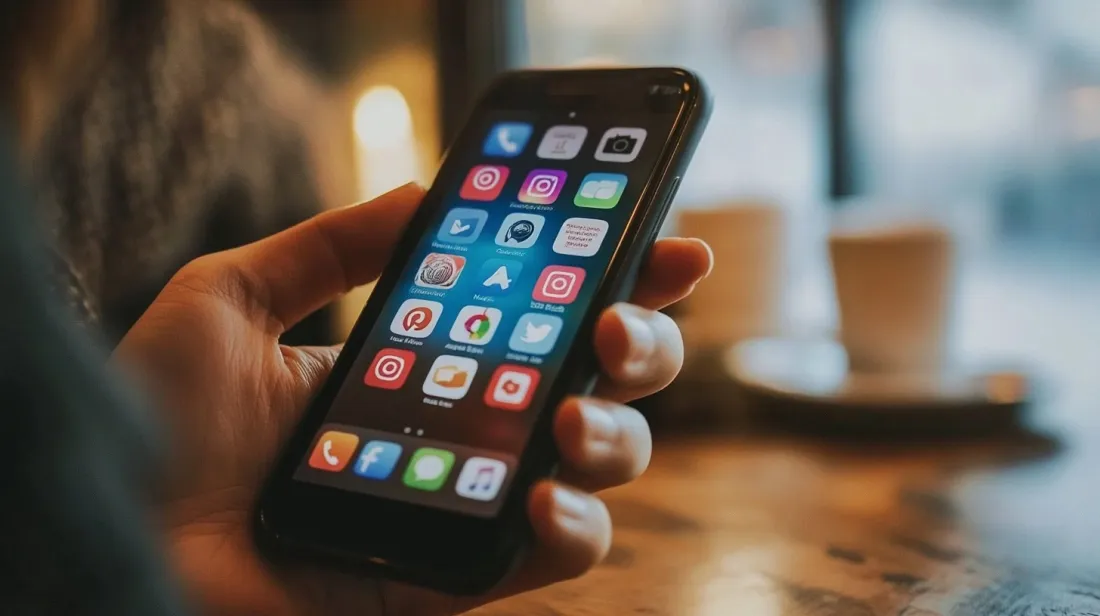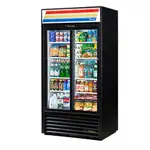
Social Media and Its Influence on Food Choices and Eating Behaviors
- The Visual Feast of Social Media
- The Rise of Fast Food Influencers and Food Trends
- Fast Food Influencers: A Double-Edged Sword
- Advertising’s Role in Food Choices
- How Advertising Influences Choices
- Technology and Food Choices
- The Algorithm Effect
- Convenience Meets Cravings
- Social Influences on Food Choices
- The Power of Peer Pressure
- Shared Food Cultures
- Restaurant Marketing in the Social Media Era
- Strategies for Success
- The Impact on Health and Well-Being
- Disordered Eating and Body Image
- Combatting Negative Influences
- Conclusion
In the digital age, social media has become a dominant force shaping how we interact with the world around us, including our relationship with food. Platforms like Instagram, TikTok, and Facebook are awash with posts about meals, snacks, and dietary trends, influencing our eating habits in subtle yet significant ways. From inspiring culinary creativity to driving unhealthy food cravings, social media’s role in shaping food choices is both complex and pervasive.
This article explores how social media affects our food decisions and eating behaviors, focusing on the interplay between visual content, advertising, social influences, and restaurant marketing.
The Visual Feast of Social Media
The phrase “we eat with our eyes” rings especially true in the context of social media. High-quality images and videos showcasing delicious meals and snacks are among the most shared content on platforms like Instagram. The vibrant visuals of perfectly plated dishes are designed to grab attention, stimulate cravings, and sometimes even dictate what we want to eat.
How Visual Food Content Affects Behavior

Seeing food on social media can trigger powerful psychological responses. Studies suggest that viewing appetizing food images activates the brain’s reward centers, increasing hunger and the likelihood of impulsive eating. This effect is especially pronounced with high-calorie, indulgent foods like burgers, pizza, or desserts.
Moreover, social media doesn’t just show us what’s available—it often sets the standard for what is desirable. Viral food trends such as “rainbow bagels,” “Dalgona coffee,” or “cloud bread” highlight how quickly preferences can shift under the influence of popular content.
The Rise of Fast Food Influencers and Food Trends
Social media influencers play a significant role in shaping food culture. Many influencers specialize in food-related content, reviewing restaurants, showcasing recipes, or participating in food challenges. With millions of followers, these creators wield considerable power over their audiences’ food choices.
Fast Food Influencers: A Double-Edged Sword
Fast food brands have increasingly partnered with influencers to promote their products, leveraging the personal connection influencers have with their followers. While these collaborations can boost brand visibility and sales, they also raise concerns about promoting unhealthy eating habits, especially among younger audiences.
On the other hand, influencers can also encourage healthier eating habits by showcasing nutritious recipes, plant-based diets, or sustainable food practices. The impact of an influencer largely depends on the type of content they create and how they communicate their message.
Advertising’s Role in Food Choices
Social media platforms are saturated with targeted advertising, and the food industry has capitalized on this to reach consumers in new ways. Advertisements on social media often feature high-calorie, low-nutrient foods designed to appeal to cravings and emotions.
How Advertising Influences Choices
Targeted Messaging: Social media algorithms use data to target users with ads tailored to their preferences, location, and browsing habits. For example, a user who searches for “best burger near me” might see ads for local fast-food chains or meal delivery services.
Emotional Appeal: Food advertisements often use emotional triggers—nostalgia, happiness, or indulgence—to connect with consumers. These tactics can override rational decision-making, leading to impulse purchases.
Cultural Appeal: Social media allows food brands to align their messaging with cultural moments. For instance, promoting comfort foods during the holiday season or highlighting refreshing drinks during summer.
The omnipresence of food advertising makes it difficult for consumers to differentiate between genuine food content and sponsored posts, further blurring the lines between choice and influence.
Technology and Food Choices

Beyond advertising, technology itself influences how we engage with food. From algorithms curating content to the rise of food delivery apps, technology has reshaped the way we think about and access food.
The Algorithm Effect
Social media algorithms prioritize content that garners high engagement, such as visually stunning food posts or viral challenges. As a result, users are exposed to a disproportionate amount of content focused on indulgent or trendy foods. This can skew perceptions of what is normal or desirable to eat.
Convenience Meets Cravings
Food delivery apps integrated with social media platforms make it easier than ever to act on cravings. A tempting food post can lead directly to an order with just a few taps, reinforcing the immediate gratification cycle.
Social Influences on Food Choices
Social media doesn’t just present food—it frames it within a social context. Seeing friends or family share their meals, dietary habits, or restaurant experiences can influence individual food choices.
The Power of Peer Pressure
When a social media user sees their peers dining at a trendy restaurant or trying a viral food trend, it can create a sense of social pressure to do the same. This phenomenon, known as “social proof,” plays a significant role in shaping food behaviors, particularly among younger audiences.
Shared Food Cultures
Social media fosters a sense of community around food, encouraging users to explore diverse cuisines or try new recipes. Hashtags like #Foodie or #VeganLife connect people with shared interests, influencing food choices in a positive way.
Restaurant Marketing in the Social Media Era
For restaurants, social media has become an indispensable marketing tool. Effective marketing for small restaurants can help attract local patrons and create a loyal customer base. Platforms offer a cost-effective way to showcase dishes, build a brand identity, and engage directly with customers.
Strategies for Success
Visual Storytelling: High-quality images and videos are at the heart of successful restaurant marketing. Many restaurants now hire professional photographers or content creators to highlight their offerings.
Engagement and Community: Responding to comments, reposting customer photos, and running interactive campaigns foster a sense of connection and loyalty among patrons.
Collaborations and Partnerships: Partnering with influencers or food bloggers can amplify a restaurant’s reach, drawing in new customers and solidifying its reputation.
Promotions and Events: Limited-time offers or themed events can generate excitement and drive foot traffic, especially when promoted effectively on social media.
The Impact on Health and Well-Being
While social media can inspire culinary creativity and community, it also has its drawbacks. Constant exposure to idealized food images can lead to unrealistic expectations, overindulgence, or feelings of guilt and inadequacy.
Disordered Eating and Body Image
Platforms that celebrate food also celebrate body aesthetics, often creating conflicting messages. For example, a user might see a post about indulgent desserts followed by one promoting extreme dieting. This juxtaposition can contribute to disordered eating behaviors and poor body image.
Combatting Negative Influences
To mitigate the adverse effects of social media on eating behaviors, experts recommend:
- Media Literacy: Educating users to critically evaluate the content they consume.
- Transparency: Encouraging influencers and brands to disclose sponsorships and promote balanced messages.
- Diverse Representation: Highlighting a range of body types, diets, and cultural foods to foster inclusivity.
Conclusion
Social media has transformed the way we engage with food, from what we eat to how we think about eating. Its influence is both empowering and challenging, offering endless opportunities for culinary exploration while raising concerns about health, well-being, and informed choice.
By understanding the mechanisms behind social media’s impact—visual allure, advertising tactics, peer influence, and technological integration—individuals can make more intentional and balanced food decisions. Similarly, restaurants and food brands can harness the power of social media responsibly, using it to promote diversity, sustainability, and healthy eating habits.
In a world where scrolling through food content is as common as eating itself, the key lies in balancing inspiration with critical thinking, ensuring that social media enriches our relationship with food rather than dictating it.




